On the 25th of February, the Arab world celebrates Arab Tourism Day each year, coinciding with the Arab Scholar Ibn Battuta’s birth and honoring his significant historic role during his travels and excursions around the world to enrich the Arab culture.
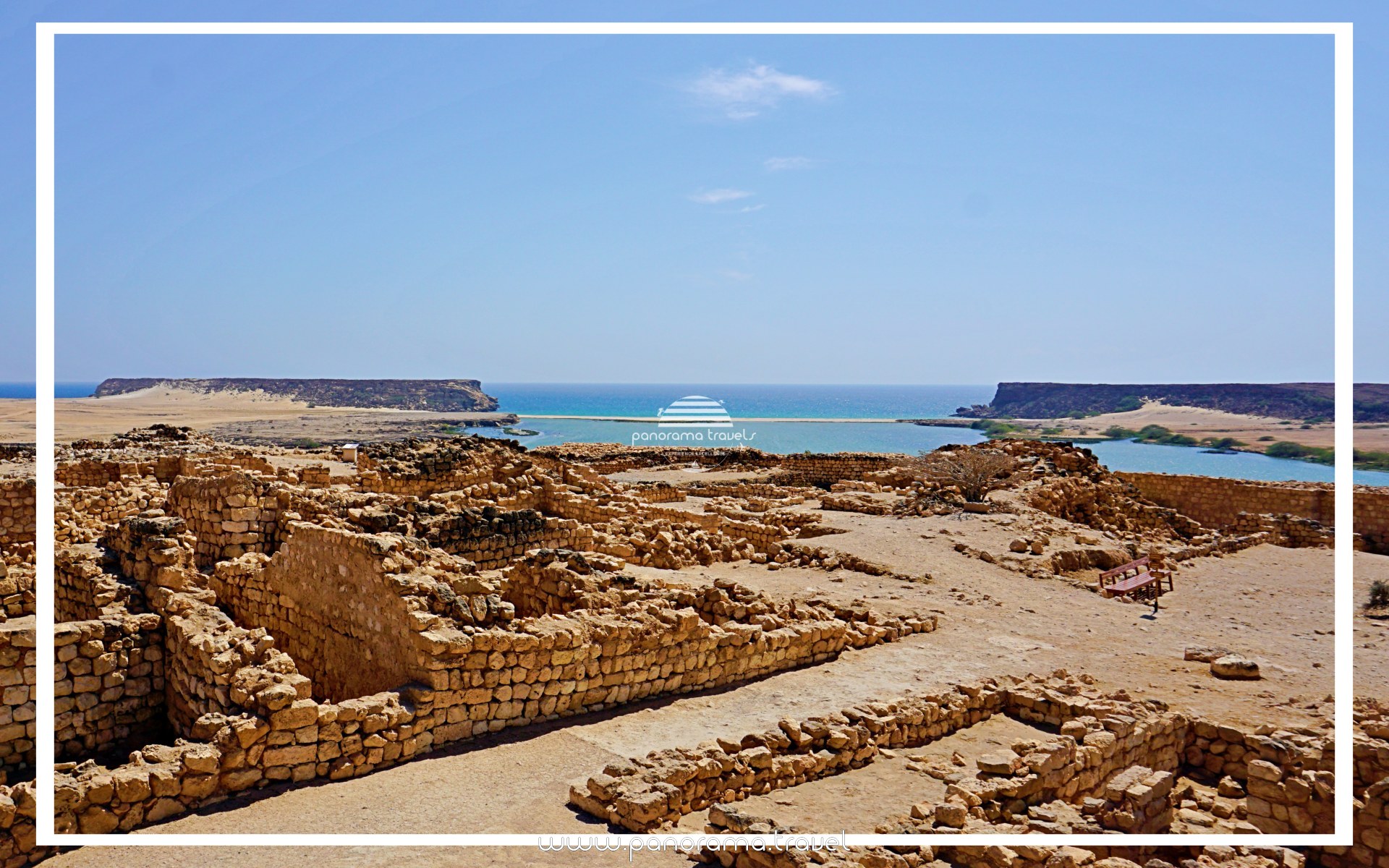
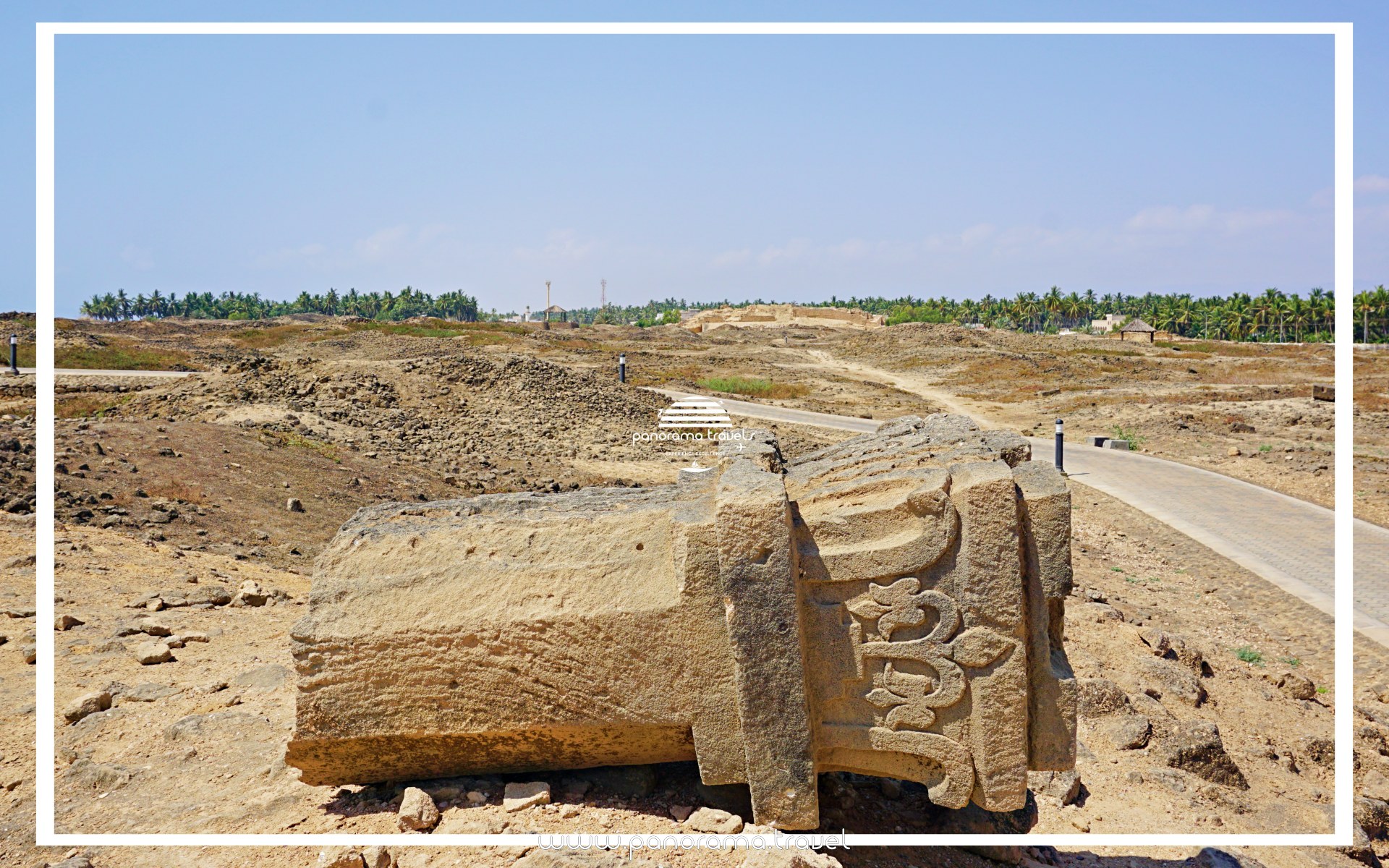
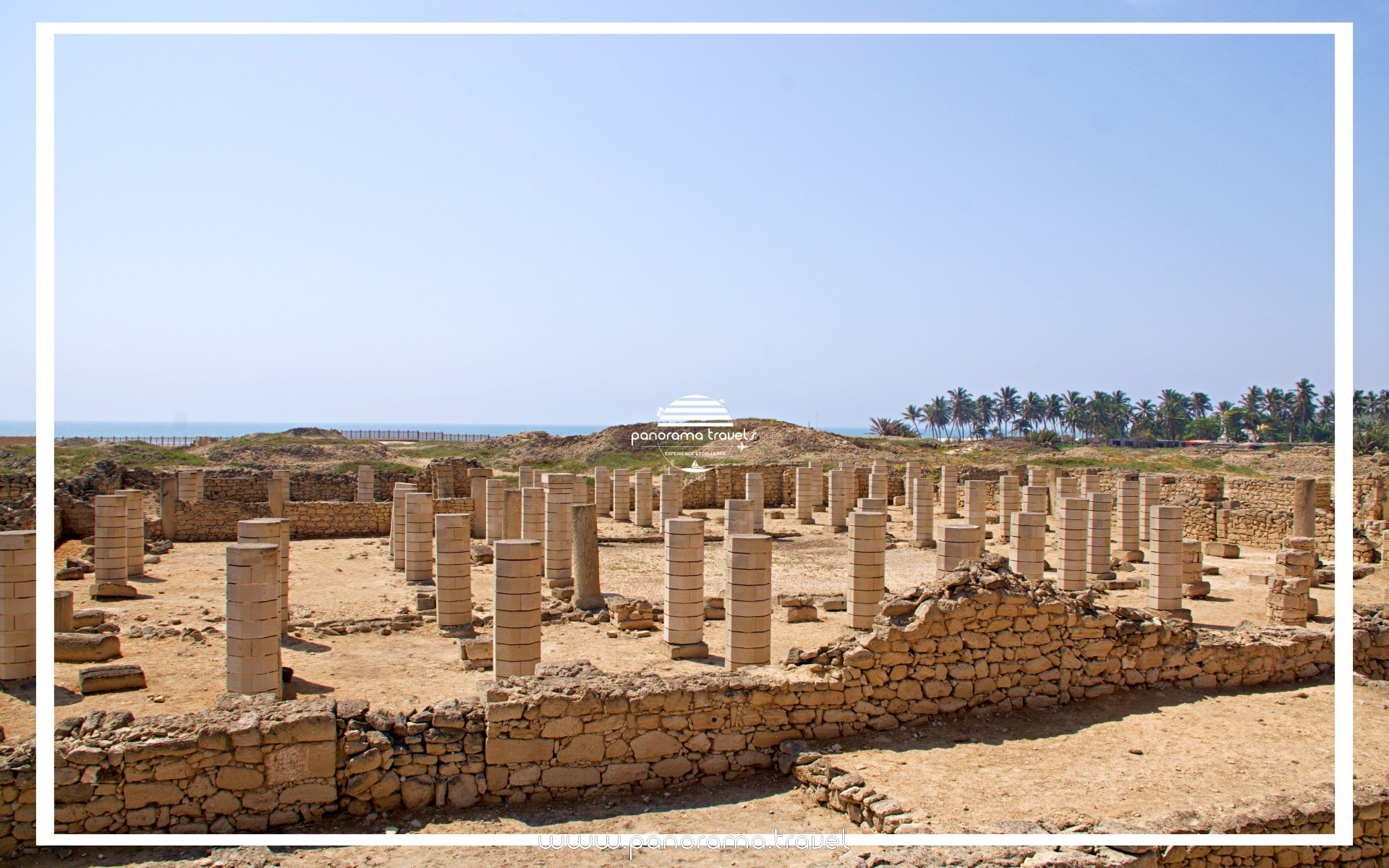
The Travels of Ibn Battuta in Oman is the inspiration for our trip (the missing piece from Ibn Battuta’s journey to Oman) Join our tribute to the famous geographer and explore the sultanate following his footsteps and his description of Oman’s ancient civilization and the elements of the natural environment.

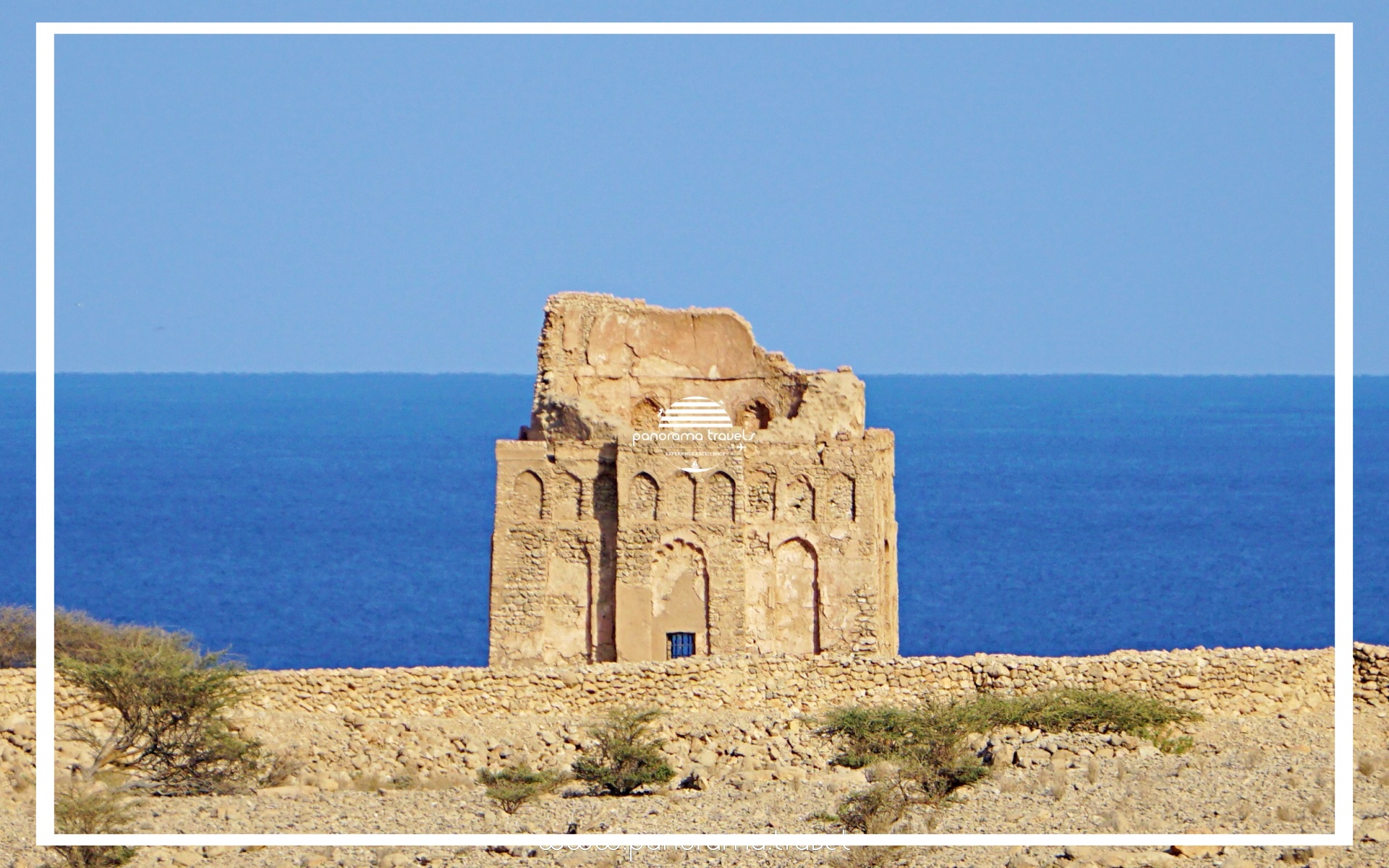
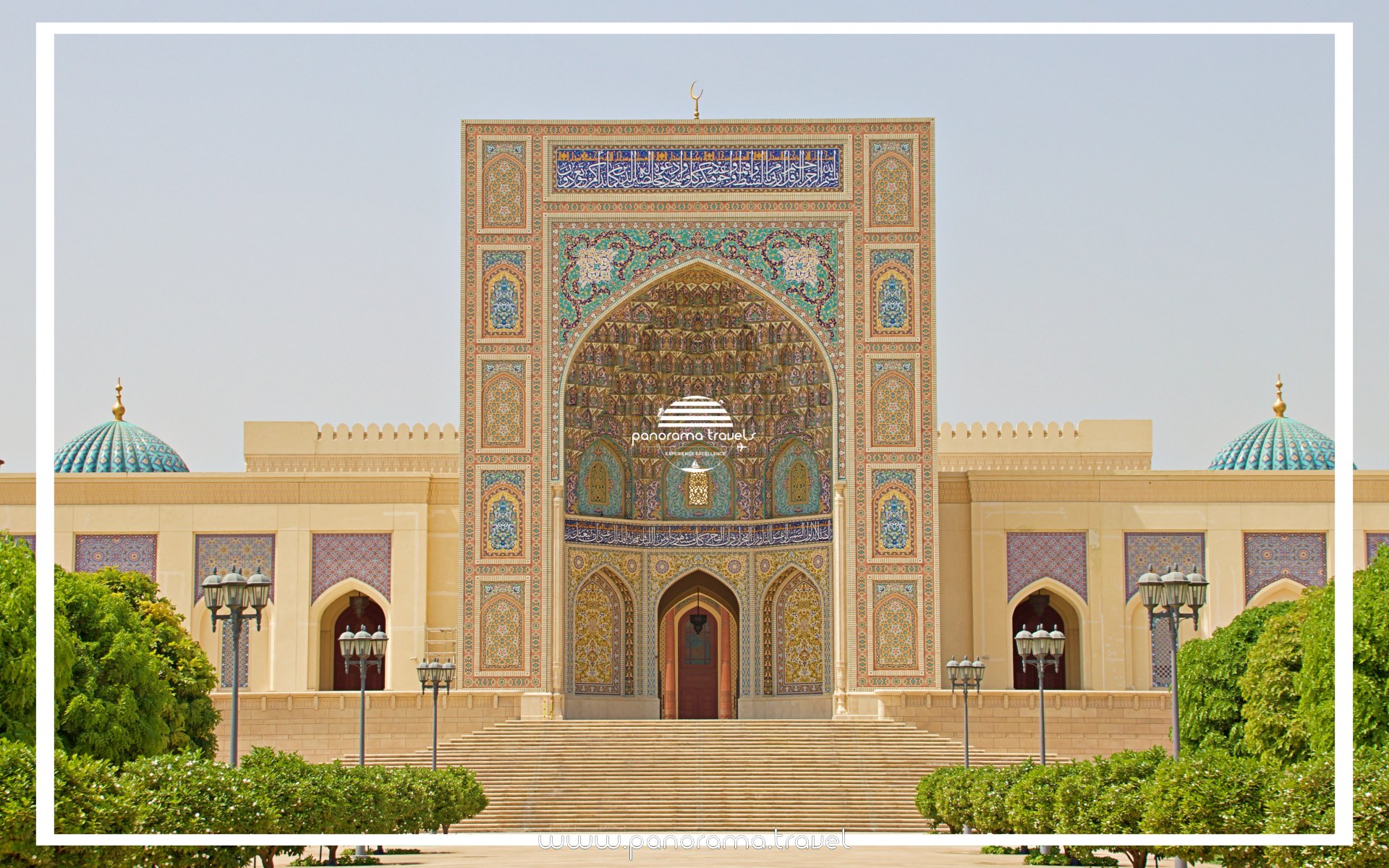
Abu Abdullah Muhammad Ibn Abdullah Al Lawati Al Tanji Ibn Battuta was born in 1304 in Morocco’s northern port of Tangier. Ibn Battuta was indeed the greatest traveler to ever walk the earth. He set out to complete Islam’s traditional pilgrimage to Mecca, and ultimately spent the better part of his life wandering.
In nearly 30 years on the road, Ibn Battuta traversed North Africa, Egypt, and the Swahili coast; reached Mecca on the Arabian Peninsula, passing through Palestine and Greater Syria en route; swung through Anatolia and Persia to Afghanistan; crossed the Himalayas to India, then Sri Lanka and the Maldives; and reached the eastern coast of China before turning around and zigzagging back to Morocco. Then he figured, why not add on a few more years crisscrossing the Sahara?
Though his prose may not have been the most exhilarating, he established the science that would eventually become the art of travel writing. Along his journey, he recorded copious observations, notes, insights, and lessons. This magnum opus was preserved by a young scribe who, at the request of Morocco’s sultan, spent many months transcribing the story, ultimately compiling al-Rihla or “The Travels”.

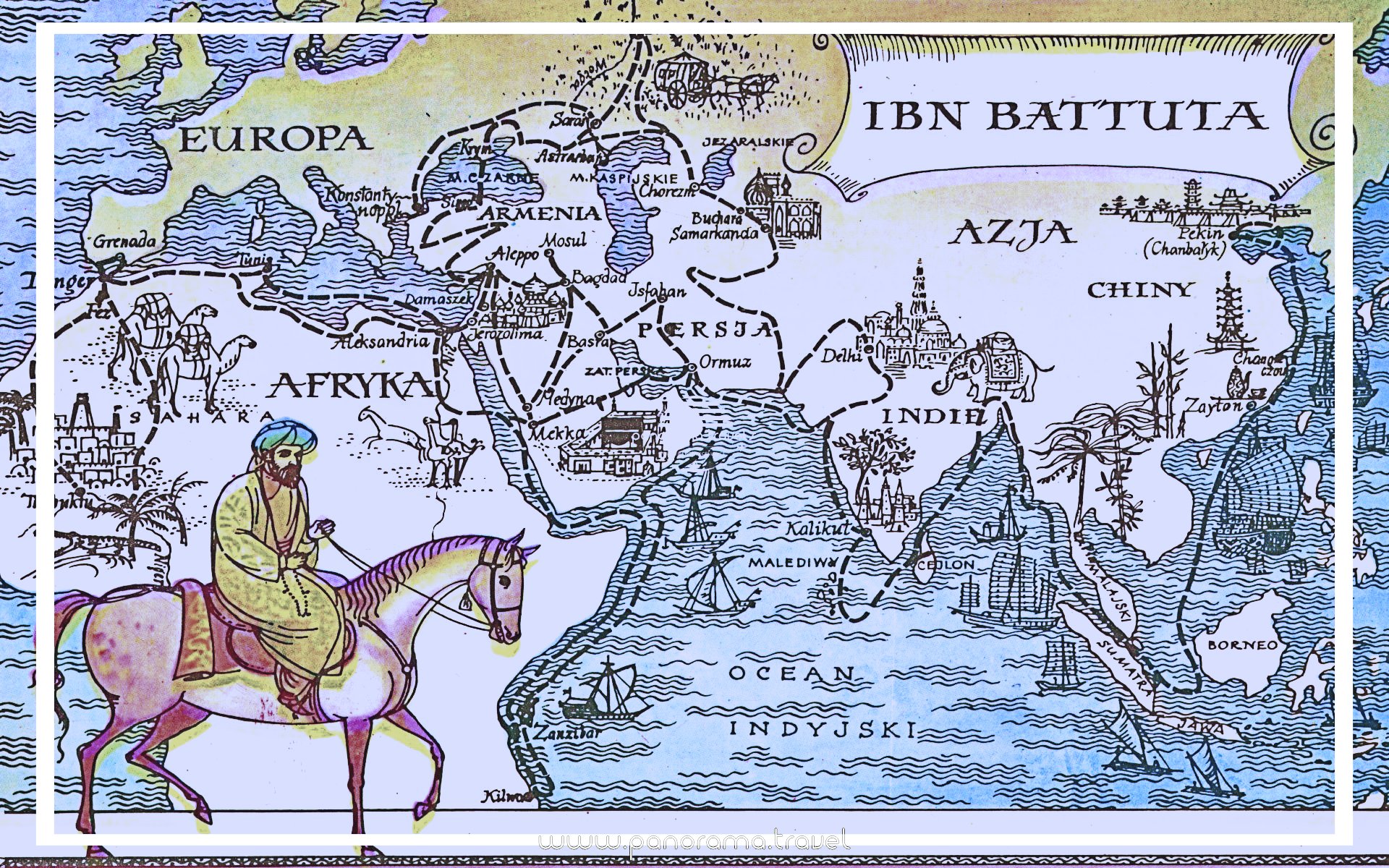
Comment (0)